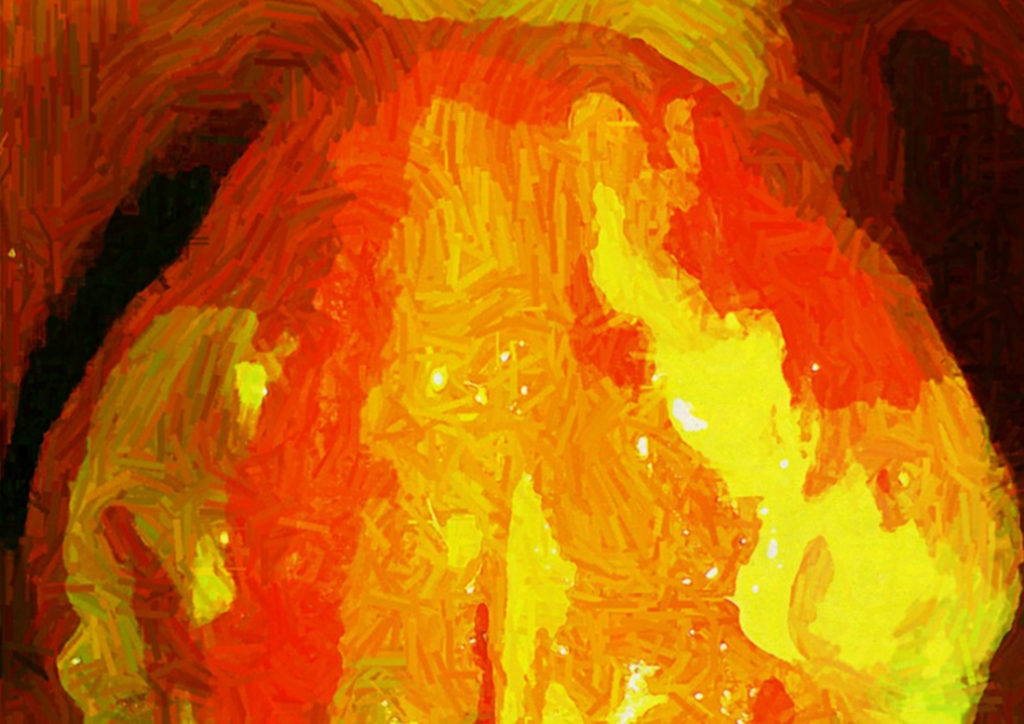What to Know About Pemphigus Vulgaris
What to Know About Pemphigus Vulgaris, a Rare Disorder That Caused A Woman’s Vulva To Swell and Blister

Autoimmune Disease
Redness and swelling on your vulva is never a welcome sight — but for a 46-year-old unnamed woman, blistering on her genitals led to a diagnosis of a rare autoimmune disorder.
The new case study, published in BMJ Case Reports, shares the story of a woman who began noticing vulvar swelling, along with yellow discharge and excruciating pain when she moved. She first consulted her general practitioner and a local urgent care. She was misdiagnosed at both establishments. One diagnosed her with a yeast infection and the other with folliculitis, a condition caused by inflamed skin follicles.
But when her symptoms didn’t improve after six months, even after receiving treatment from multiple doctors, she sought care at an emergency room. At the ER, the patient was seen by a gynecologist and a dermatologist. She was tested for STDs and viral and bacterial infections, but after multiple screenings came back negative, doctors finally made a diagnosis of pemphigus vulgaris, a rare autoimmune disorder that causes dangerous and painful blistering on the genitals and other parts of the body.
What is pemphigus vulgaris?
Pemphigus is a collection of autoimmune disorders that cause blistering of the skin and mucous membranes (like your eyes, nose, mouth — any body part that secretes mucous), with pemphigus vulgaris being the most common, affecting about four out of every million people in North America, according to Anthony Fernandez, MD, a dermatologist at Cleveland Clinic.
Pemphigus vulgaris in particular causes blistering that usually starts at the mouth and can then move to the skin and genitals. (Doctors noted that the patient featured in the new case report had oral ulcers when she arrived at the emergency room.) Blisters caused by pemphigus vulgaris are painful and don’t itch — but they can make chewing and swallowing especially difficult, the National Organization for Rare Disorders (NORD) says.
According to the Genetic and Rare Diseases Information Center (GARD), pemphigus vulgaris affects almost exclusively middle-aged and older adults. The disorder causes soft blisters at first, that can appear on healthy or irritated skin, the NIH adds. Those blisters are filled with clear fluid, and when they rupture, it can be painful and dangerous, causing the body to lose fluids and protein, and potentially causing complications due to infection.
According to GARD, though the overall cause of pemphigus vulgaris is not yet known, we do know what causes the blistering of those with the condition: Pemphigus vulgaris causes the body to treat proteins called desmogleins as if they’re harmful foreign bodies. Desmogleins play a key role in the body as the “glue” that holds skin cells together. “When desmogleins are attacked, skin cells separate from each other and fluid can collect between the layers of skin, forming blisters that do not heal,” according to GARD. While rare, pemphigus vulgaris flares can be caused by certain medications including antibiotics and commonly-taken blood pressure medications known as ACE inhibitors.
Certain factors increase one’s chances of having pemphigus vulgaris, including genetic predisposition and age. People with other autoimmune diseases are more likely to have pemphigus vulgaris, according to the NIH. Dr. Fernandez tells Health that Ashkenazi Jews and certain Middle Eastern populations are more likely to have pemphigus vulgaris. Women are also more likely than men to have the disorder, Dr. Fernandez adds.
There isn’t a cure for pemphigus vulgaris, so doctors aim to reduce symptoms and prevent complications using the available treatment methods. These include the use of corticosteroids, which alleviate inflammation. Immunosuppressive drugs and immunotherapy, both of which tweak with a patient’s immune system, are also used to treat pemphigus vulgaris.
The good news is that patients with the disease can usually resume their normal lives after they’ve been correctly diagnosed and treated. “We can control the disease to the point where the patient will have nothing visible on their skin and can go about their daily life,” Dr. Fernandez says. Fortunately, the patient featured in the new report was doing well six months after first beginning treatment for pemphigus vulgaris.











